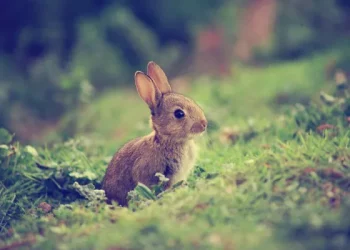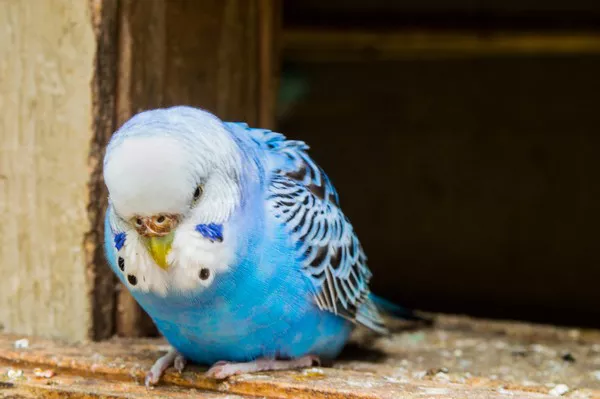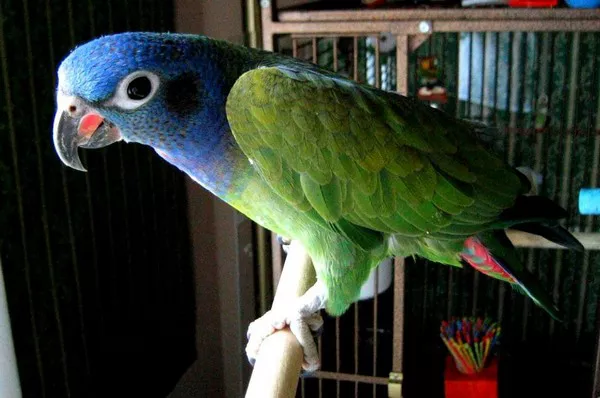Rabbits are often perceived as cute, cuddly creatures, but their behavior is far more complex than many people realize. Understanding how rabbits express happiness, particularly through their sitting positions, can enhance our relationship with these pets and contribute to their well-being. In this article, we will explore the science behind rabbit behavior, focusing on the various sitting positions rabbits adopt when they are happy. We will also discuss the importance of these behaviors in relation to rabbit welfare, social structure, and environmental factors.
Understanding Rabbit Behavior
The Natural History of Rabbits
Rabbits belong to the family Leporidae and are found in various habitats across the world, including grasslands, forests, and wetlands. Their natural behavior is shaped by evolutionary adaptations that prioritize survival. In the wild, rabbits are prey animals, which means they are naturally skittish and hyper-vigilant. They have developed behaviors that reflect their need to stay safe while also socializing and reproducing.
Social Structure and Communication
Rabbits are social animals that thrive in groups. Their communication methods are diverse and include vocalizations, body language, and even scent marking. Recognizing happy behaviors in rabbits is crucial, as these signals indicate their comfort levels and social bonds.
The Importance of Body Language
Rabbits communicate a great deal through their body language. A rabbit’s posture can reveal its emotional state, and understanding these cues is essential for pet owners. Happy rabbits will often exhibit relaxed body postures, while stressed or unhappy rabbits may display defensive or closed-off positions.
The Anatomy of Happiness in Rabbits
Physical Indicators of Happiness
Ears: When a rabbit is happy, its ears may be upright and relaxed, indicating attentiveness and comfort. Ears turned back flat against the head can signal annoyance or fear.
Eyes: A relaxed rabbit will have soft, wide-open eyes. A happy rabbit may even have a slight squint, which shows contentment.
Body Posture: A happy rabbit will have a loose body posture. Their body may be sprawled out or curled up comfortably, indicating they feel safe.
Tail: A relaxed, wiggly tail can signify happiness, while a tucked tail suggests stress or discomfort.
Whiskers: Forward-facing whiskers indicate curiosity and happiness, while whiskers pulled back can suggest fear.
Specific Sitting Positions of Happy Rabbits
Flopped Over (Binky): One of the most recognizable behaviors of a happy rabbit is when it flops over on its side, often after a “binky” (a jump combined with a twist). This position signifies relaxation and trust in the environment.
Lying Flat (Tummy Down): A rabbit lying flat against the ground with its legs stretched out is a sign of comfort. This position allows them to keep an eye on their surroundings while feeling safe.
Curled Up (Napping): When a rabbit curls up into a ball, it often means they are content and ready for a nap. This position indicates that the rabbit feels secure enough to relax completely.
Sitting Up (Alert and Content): A rabbit that sits upright with its ears perked up is in a state of alert contentment. This position shows that the rabbit is aware of its surroundings while feeling at ease.
Environmental Factors Influencing Rabbit Happiness
Habitat and Enrichment
Rabbits require an enriched environment to thrive. A suitable habitat includes enough space to hop, chew, and explore. Providing various textures, toys, and hiding spots can enhance a rabbit’s happiness and promote natural behaviors.
Social Interaction
As social animals, rabbits benefit from companionship, either from other rabbits or humans. Positive interactions can boost their happiness levels and contribute to their overall well-being. Observing how rabbits interact during play can provide insight into their emotional state.
See Also: What Is the Best Recovery Food for Rabbits?
Diet and Nutrition
A balanced diet is crucial for rabbit happiness. Fresh hay, vegetables, and a small amount of pellets contribute to their health. A well-fed rabbit will be more likely to display happy behaviors, including relaxed sitting positions.
Recognizing Unhappiness in Rabbits
While understanding how rabbits sit when happy is essential, it’s equally important to recognize signs of unhappiness. Unhappy rabbits may exhibit the following behaviors:
Hunched Posture: A rabbit that sits with its back hunched and head lowered may be feeling unwell or stressed.
Aggressive Behavior: Growling, biting, or lunging can indicate fear or discomfort.
Lack of Appetite: A sudden change in eating habits can be a sign of distress or health issues.
Isolation: If a normally social rabbit becomes withdrawn, it may be experiencing stress or illness.
The Role of Owners in Rabbit Happiness
Creating a Positive Environment
As pet owners, it is our responsibility to create a positive environment for our rabbits. This includes providing:
Adequate Space: Ensure that rabbits have enough room to move around freely.
Enrichment Activities: Introduce toys, tunnels, and puzzles to stimulate their minds.
Safe Spaces: Create hiding spots where rabbits can retreat if they feel threatened.
Understanding Rabbit Behavior
Education is key in understanding rabbit behavior. Owners should familiarize themselves with the signs of happiness and distress to better cater to their pet’s needs. Observing their behavior closely can lead to better care and an enhanced bond.
Regular Health Check-Ups
Regular veterinary visits are essential for maintaining a rabbit’s health. Preventative care, including vaccinations and dental check-ups, can prevent health issues that may contribute to unhappiness.
Conclusion
Rabbits are complex creatures with rich emotional lives. Understanding how they sit when happy is crucial for fostering a strong bond between owners and their pets. By paying attention to body language, providing a suitable environment, and recognizing the signs of distress, we can create a supportive atmosphere where rabbits can thrive.
By fostering happiness in our rabbits, we not only improve their quality of life but also enhance our relationship with these charming companions. Happy rabbits exhibit specific behaviors that signify their contentment, and by understanding these behaviors, we can ensure they lead fulfilling, joyful lives. In conclusion, taking the time to learn about and respond to our rabbits’ needs is an essential part of responsible pet ownership and will undoubtedly lead to a more harmonious household.
Related Topics:

























